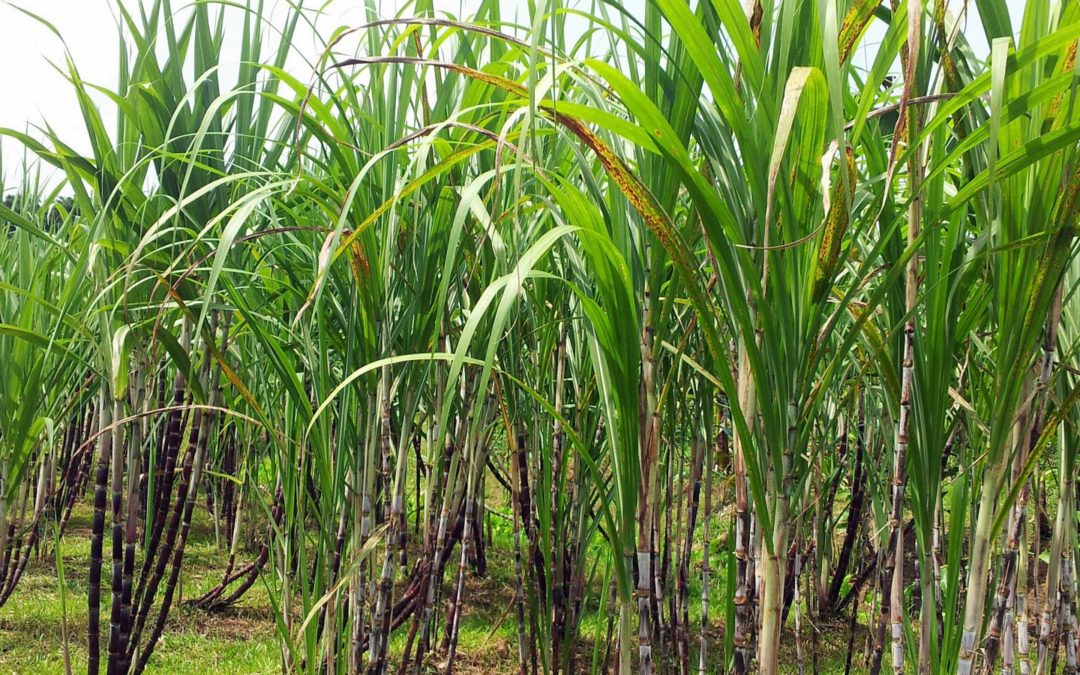How Sugar and Cane Affect Your Taste Buds and Cooking Experience
Why Walking Stick Sugar Processing Chemicals Are Essential for Modern Sugar Refining
The duty of cane sugar handling chemicals in modern-day sugar refining can not be overstated, as they are important to enhancing both the effectiveness of removal and the general quality of the end product. Agents such as phosphoric acid and certain flocculants are utilized to eliminate contaminations, resulting in sugar that not just fulfills consumer expectations yet additionally follows industry standards. The ramifications of these chemicals expand past top quality, touching upon market characteristics and environmental considerations. sugar and cane. This elevates vital inquiries concerning the sustainability of such techniques and their influence on the future of sugar production.
Role of Processing Chemicals
The efficacy of cane sugar processing hinges considerably on the calculated application of handling chemicals. These chemicals play a crucial duty in enhancing the effectiveness and quality of sugar extraction and refining. From the first stages of juice extraction to the last filtration actions, handling chemicals promote different vital procedures.
In the extraction phase, chemicals such as phosphoric acid and calcium hydroxide are employed to enhance the explanation process, helping to eliminate impurities and put on hold solids from the cane juice. This not just improves the return yet also ensures the clarity of the final item. In addition, agents like flocculants aid in the quick settling of pollutants, thus improving the overall procedure.
Turned on carbon and ion exchange materials serve to get rid of color and odor, making certain that the polished sugar fulfills consumer top quality requirements. Hence, the thorough selection and application of these chemicals are crucial for accomplishing optimum results in walking stick sugar processing.
Key Sorts Of Chemicals
Cane sugar processing depends on a range of key chemicals that help with each phase of manufacturing. These chemicals play essential functions in making clear, bleaching, and purifying the sugar removed from walking stick.
One key classification of chemicals consists of flocculants, such as polyacrylamide, which help in the clarification procedure by advertising the aggregation and settling of pollutants. In addition, calcium hydroxide is often used to neutralize level of acidity and help in the elimination of non-sugar components.
Whitening agents, such as triggered carbon and sulfur dioxide, are made use of to decolorize the syrup, resulting in a clearer end product. These chemicals aid eliminate shade substances that may impact the sugar's appearance and bankability.
Moreover, phosphoric acid serves as a pH regulator during the processing phases, making certain optimal conditions for the enzymatic activities associated with sugar extraction and purification.
Other vital representatives consist of edta (ethylenediaminetetraacetic acid), which chelates metal ions that might catalyze undesirable reactions, and sodium hydroxide, which assists in pH control throughout the refining procedure. Jointly, these chemicals boost performance and make certain a top notch walking cane sugar product.
Benefits for Sugar High Quality
Commonly forgotten, making use of specific handling chemicals dramatically boosts the general quality of walking stick sugar. These chemicals play a pivotal role in refining processes, making sure that the end product fulfills strict sector criteria for purity and taste.

Furthermore, processing chemicals assist in attaining a constant granulation and structure, which are essential for customer approval. By controlling the formation procedure, these chemicals guarantee that the sugar crystals create evenly, causing a much more attractive product that liquifies well in various applications.
Furthermore, making use of these chemicals can boost the life span of walking Read Full Report stick sugar by reducing moisture absorption and microbial development. Overall, the strategic application of handling chemicals is important for delivering top notch walking stick sugar that fulfills consumer expectations and industry needs.
Environmental Impact Factors To Consider

Furthermore, the energy-intensive nature of sugar refining, intensified by chemical use, frequently causes increased carbon emissions. This adds to climate change and increases issues regarding the sustainability of present refining practices. Furthermore, the sourcing of these chemicals might involve methods that endanger biodiversity, such as monoculture farming, which decreases the resilience of agricultural communities.

To reduce these effects, sugar refiners are progressively exploring sustainable options and adopting finest methods that minimize chemical use. Applying rigorous ecological monitoring systems can aid ensure that the refining process aligns with environmental standards and advertises biodiversity. Eventually, a well balanced technique that focuses on both sugar top quality and environmental stewardship is crucial for the long-lasting practicality of the sugar sector.
Future Patterns in Refining
As the sugar sector grapples with the ecological difficulties related to typical refining approaches, cutting-edge strategies are emerging to enhance both efficiency and sustainability. One considerable pattern is the adoption of environment-friendly chemistry principles, which focus on making use of non-toxic, biodegradable handling chemicals. This shift not only minimizes environmental effect but also addresses customer demand for cleaner manufacturing techniques.
An additional promising growth is the execution of sophisticated purification innovations, such as membrane separation and adsorption procedures. These methods enhance the clearness and quality of the sugar while lowering the volume of wastewater created during refining. Furthermore, the combination of electronic innovations, consisting of IoT and AI, is changing operational performance by enabling real-time monitoring and anticipating maintenance, thus lessening resource waste.
Moreover, making use of spin-offs from sugar refining, such as bagasse and molasses, is getting grip. These products can be converted Web Site into biofuels or value-added products, adding her latest blog to a round economy within the sector. Collectively, these patterns signify a change towards even more lasting techniques that not just boost functional effectiveness however likewise straighten with global sustainability objectives, making certain the future viability of sugar refining.
Conclusion
Walking cane sugar handling chemicals are necessary in modern-day sugar refining, dramatically enhancing the effectiveness and quality of sugar extraction. The strategic usage of these chemicals not only improves the pureness and taste of the last product but additionally makes certain consistent crystallization and texture. As the market increasingly focuses on sustainability, the fostering of environmentally-friendly processing representatives is likely to shape future trends in refining, eventually resulting in better products and extended service life for customers.

Inevitably, a well balanced method that focuses on both sugar quality and environmental stewardship is important for the long-term stability of the sugar sector.
Walking cane sugar processing chemicals are vital in contemporary sugar refining, significantly improving the efficiency and top quality of sugar removal.